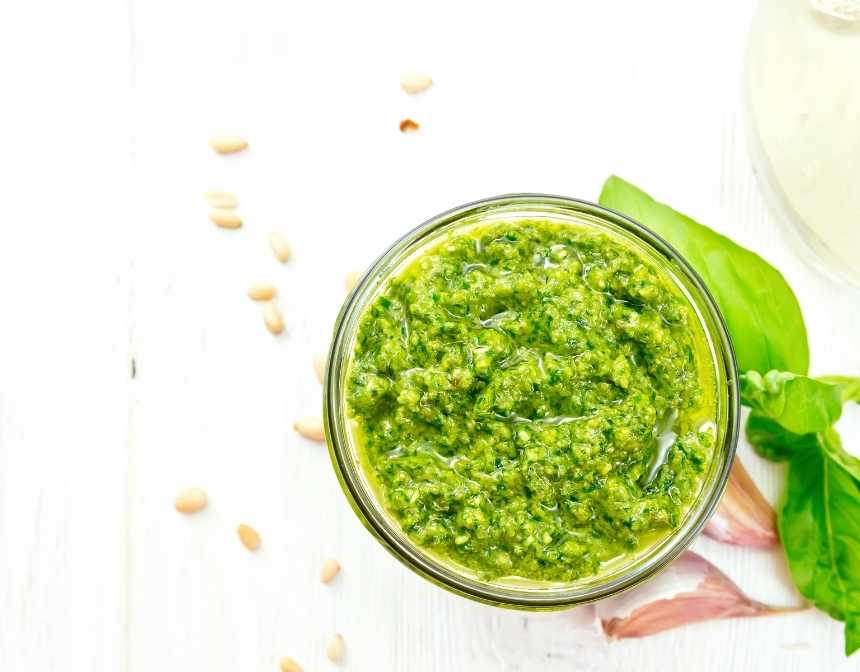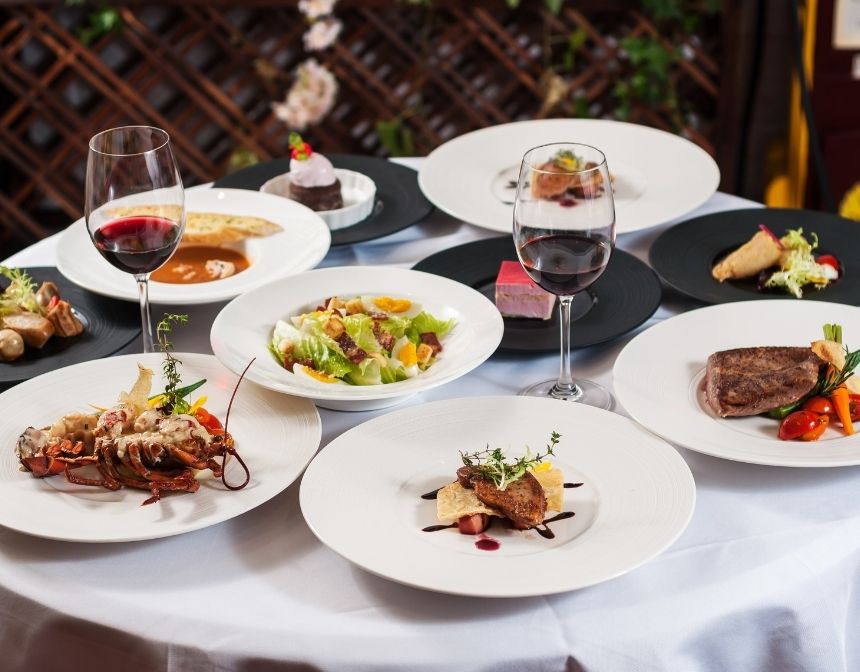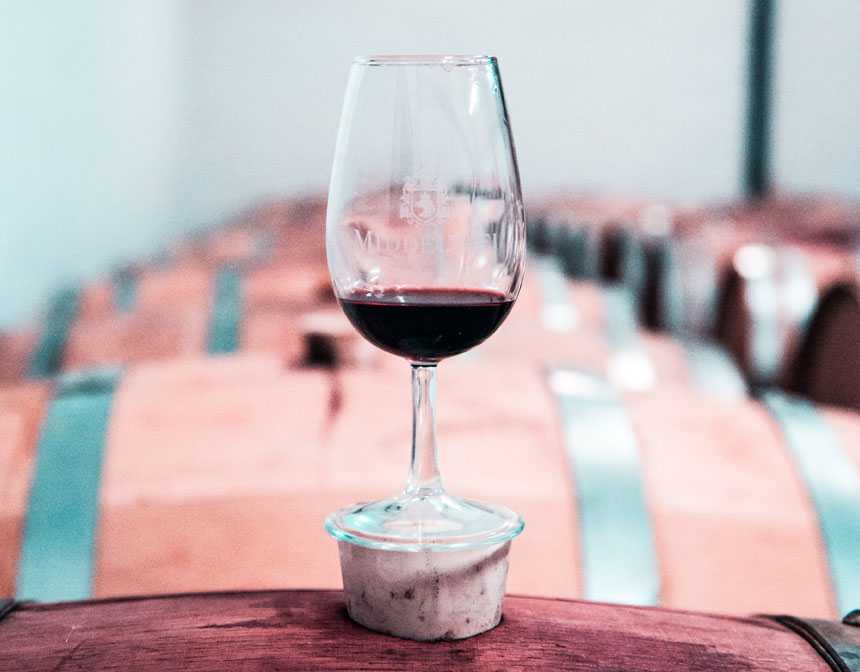What is Espagnole Sauce Made Into?
Espagnole sauce is an extremely rich and flavourful sauce that is used for a number of different things. Typically, it isn’t served directly on food because the sauce is so intensely flavorful. Instead, it serves as the starting point for a number of different sauces. This is why it is known as a mother sauce.
Most commonly, Espagnole is made into a simple demi-glace sauce which is served on red meat. A typical demi-glace is made using a one-to-one ratio of Espagnole sauce and brown stock.
The combined sauce is then reduced by half, strained of any leftover impurities, and finished with sherry wine. The resulting sauce is very flavorful and is sometimes further cooked and processed as a base for other sauces.
Why is Espagnole Sauce Named That Way?
The name of Espagnole sauce is a bit of a strange one. It is a common component of traditional French cooking, and as such the name ‘Spanish sauce’ may come as a bit of a surprise. Well, the origin of the name itself is actually debated quite hotly in a number of different cooking communities.
One side of the community says that the sauce is named as it is because it makes use of Spanish tomatoes. Supposedly, during the wedding of Louis XIII and his bride, Anne, the Spanish cooks insisted upon improving the rich, brown sauce of France with Spanish tomatoes. The new sauce they created was named Spanish sauce in honor of its creators.
The other side of the community argues that the sauce was first created when Spanish fashions first came to Paris under Louis XV.
The olla podrida, a Spanish dish, struck inspiration into the heart of French chefs, encouraging them to replace beef in their dishes with bacon, ham, and the red Estremadura sausage. The sauce that came out of this fusion of two cultures became the Espagnole sauce that we see today.
Can you Freeze Espagnole Sauce?
You certainly can! If you make a batch of Espagnole sauce and want to save it for later, you can place the sauce in the fridge for up to twenty-four hours, or the freezer for up to three months.
If you do this, make sure to bring the sauce up to a steaming temperature when you reheat it in order to avoid food poisoning.
The recipe that we include in this sauce is for a particularly small amount. Generally speaking, it will yield about half a cup of sauce if properly reduced. Keep the ratio of ingredients the same, and you can increase the volumes up or down for more or less sauce, should you want to.
The prep time for this sauce is roughly four minutes - it’s mostly just getting things out of cupboards and quickly measuring them. The actual cooking time is fifteen minutes plus the thirty minutes that the sauce takes to reduce to a good consistency.
If you make a larger volume of the sauce, you’ll likely want to reduce it for longer - go by when the sauce reduces in volume by half rather than by the simmering time that you’re giving it.










































